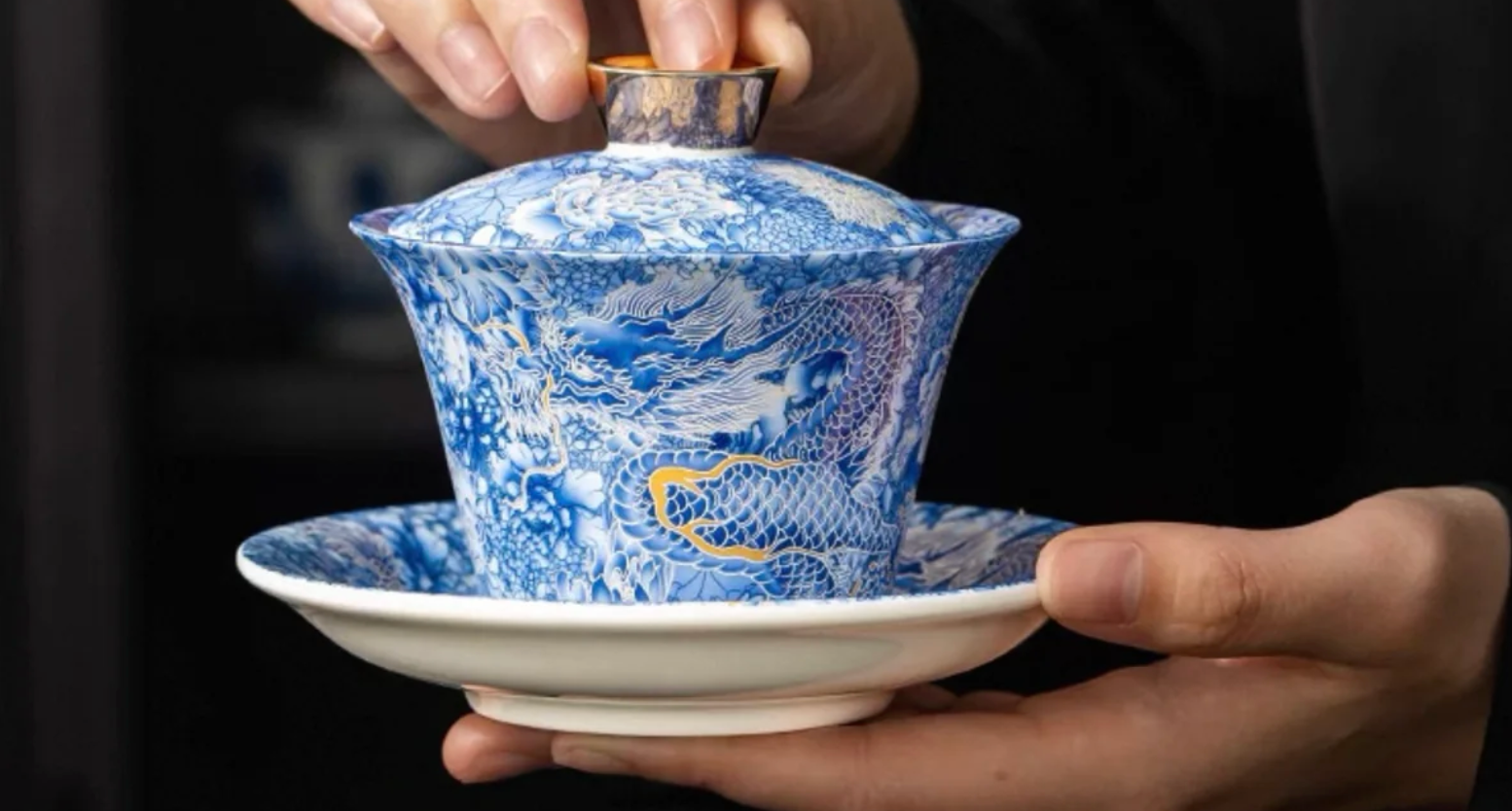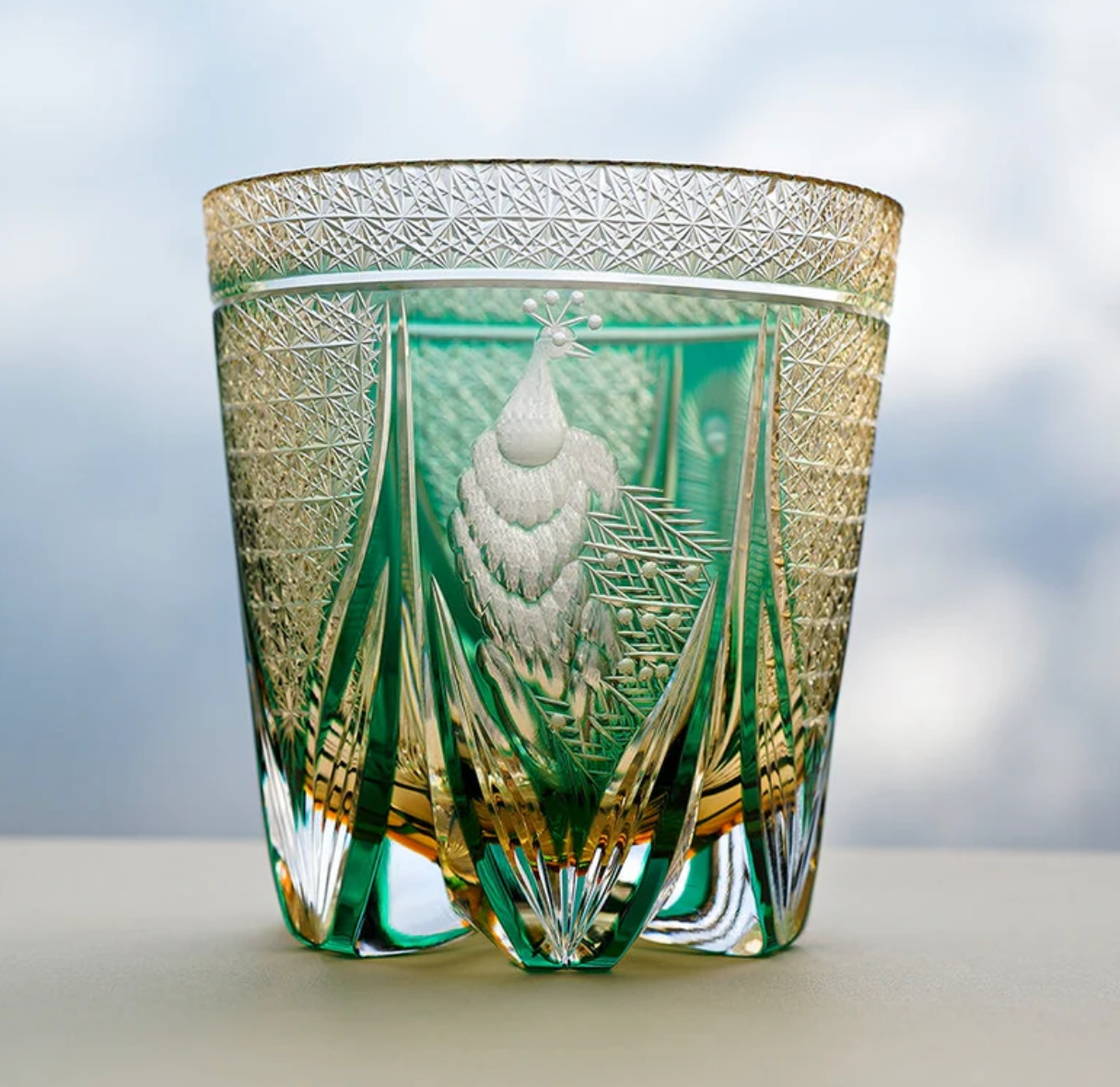
Unveiling the Secrets of the Gaiwan: Five Facts About China's Most Versatile Tea Tool
In the vast and nuanced world of East Asian tea preparation, many tools demand respect—the sturdy tetsubin of Japan, the porous clay of a Yixing teapot. Yet, perhaps the most versatile, intimate, and culturally significant vessel is the humble Gaiwan (盖碗).
Far from being just a simple bowl with a lid, the Gaiwan is a profound piece of functional art, beloved by connoisseurs for its ability to unlock the true essence of any leaf. If you’ve only seen it used as a general brewer, here are five fascinating facts that highlight why this tool is the true secret weapon of the tea master.
1. It Was Born Out of Necessity in the Ming Dynasty
While the Chinese were using simple bowls for tea long before, the recognized form of the Gaiwan emerged during the Ming Dynasty (1368–1644). Before this, tea was often mixed with spices and heated, requiring a solid container. As tea drinking shifted toward the infusion of delicate loose-leaf varieties, the need arose for a vessel that allowed leaves to steep freely and for the drinker to control the process. The Gaiwan solved this perfectly, blending the function of a brewing vessel with that of a drinking cup.
2. The Lid is More Than Just a Cover—It’s a Tool
The lid is arguably the most important, yet often overlooked, component of the Gaiwan. It serves three critical functions that elevate the tasting experience:
-
Aroma Concentrator: When placed on the bowl, the lid traps the volatile aromatic compounds, channeling the full fragrance directly to your nose as you tilt it for a sip.
-
The Leaf Guard: When pouring, the lid is subtly tilted to hold back the wet leaves, acting as a built-in strainer.
-
Temperature Gauge: You can slightly lift the lid to gently release steam or gauge the exact temperature of the infusion without disturbing the leaves too much.
3. Its Versatility Makes It the Ultimate Tester
Why do serious tea enthusiasts often reach for a Gaiwan when trying a new, unknown tea? Because it’s the most honest vessel available.
Unlike the porous clay of Yixing pots, which are meant to season over years to enhance one specific type of tea (like Pu-erh or Oolong), a porcelain or glass Gaiwan is completely neutral. It imparts no flavor of its own, ensuring you taste the tea in its purest, most authentic form.
4. The Art of the "Two-Finger Pinch"
The technique for drinking from a Gaiwan is one of its most intimate characteristics. Rather than lifting the bowl with a handle, the drinker uses a precise grip: the thumb rests on the lid, the index finger balances the rim, and the middle finger supports the base of the bowl. This forces the drinker to hold the vessel gently and deliberately, creating an inherent connection between the body, the heat, and the brew.
5. It Bridges Tradition and Modernity Seamlessly
While rooted in ancient Chinese tradition, the Gaiwan is perfectly suited for modern life. It is compact, ideal for a personal desk or small space, and allows for extremely fast, multi-steep infusions. This ability to adapt from a solitary, meditative experience to a small, shared ritual makes it endlessly relevant for the contemporary connoisseur.
The Gaiwan is not merely an old piece of teaware; it is a philosophy in porcelain. It asks us to slow down, to observe, and to connect directly with the artistry of the leaves.
Ready to elevate your daily steep? Explore our collection of handcrafted Gaiwans and experience the tradition of the intimate brew.




Leave a comment
This site is protected by hCaptcha and the hCaptcha Privacy Policy and Terms of Service apply.